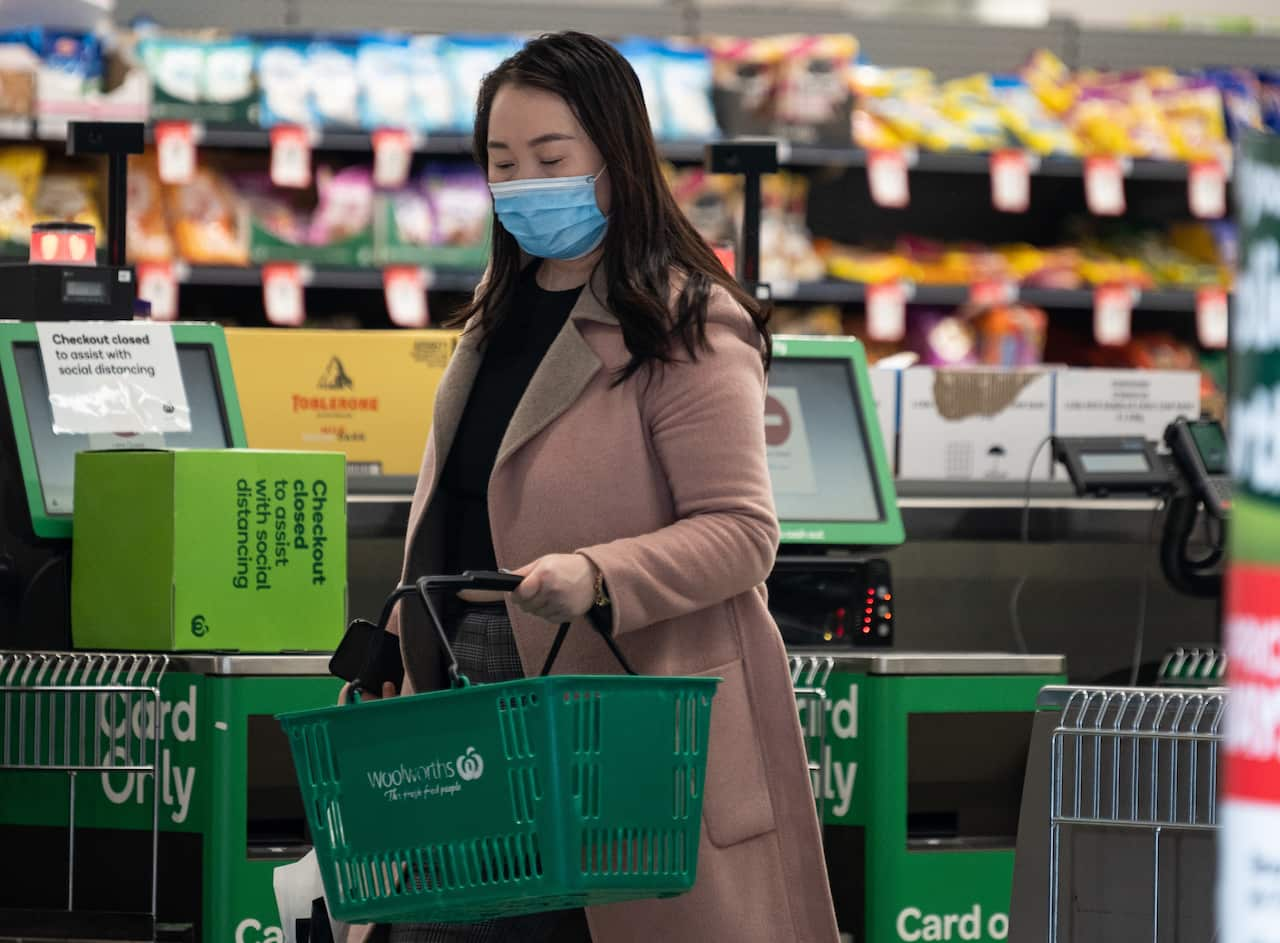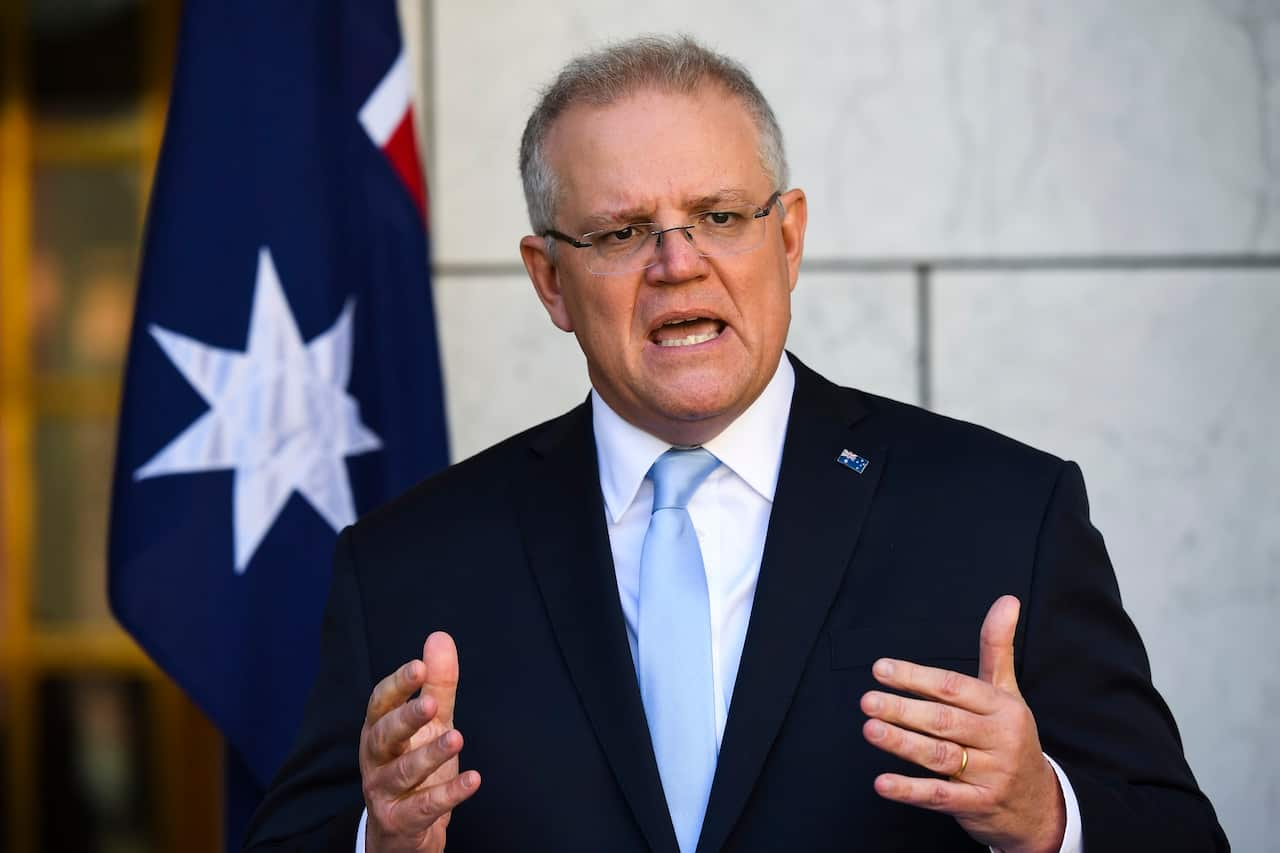Retail outlets, non-essential manufacturing operations, hospitality venues and administrative offices in Melbourne will be closed for at least six weeks from midnight on Wednesday, causing job losses and heartbreak for workers and their families.
Victorian Premier Daniel Andrews announced new on Monday, breaking them into three categories, a day after the state government imposed .
Residents and businesses in regional Victoria are also preparing to re-enter Stage 3 restrictions at midnight on Wednesday.
Experts estimate the measures could lead to another 250,000 job losses across Victoria.
“This will be hard. It’ll be frustrating. It’ll be confusing. For a lot of workers and their families, it’ll be heartbreaking,” Mr Andrews said on Monday as the state reported another 429 coronavirus cases and 13 deaths.
“But the only way to get people back to work and businesses back open is by making these tough decisions - and by Victorians abiding by them. We have to make this work. Lives and livelihoods are counting on it.”
The Victoria Chamber of Commerce said while it was crucial to get the health crisis under control, closing or heavily restricting workplaces will have a devastating effect on businesses and the economy that will be felt for years.
"For many struggling businesses already only just hoping to make it through Stage 3 restrictions, closing for six weeks will be the end," Chief Executive Paul Guerra said.
“While it is somewhat positive that some vital industries will still be able to operate under a ‘pilot light’ setting, including construction, the restrictions will still severely damage jobs and productivity."
Here's what the changes mean for businesses and workers across Melbourne.
Category one: Closing
All businesses with non-essential onsite operations will be forced to close from midnight on Wednesday and must remain shut while Stage 4 restrictions are in place. This includes:
- retail outlets
- wholesalers and manufacturers of non-essential goods such as clothing, furniture and domestic appliances
- personal care service providers such as hairdressers and car washes
- accommodation, food and entertainment outlets
- finance, real estate and administrative services
- mining exploration, forestry and logging businesses
However businesses in this category, if they can, will be permitted to operate using contactless delivery or click and collect models, with strict safety protocols in place.
Hardware stores will be able to remain open onsite, but only for tradespeople.
“You’ll no longer be able to go into a Bunnings store, but you’ll be able to collect goods without making contact with anybody,” Mr Andrews said.
“Retail will look very different than it’s ever looked."
Category two: Unaffected
Any essential businesses and operations involved in the frontline response to the pandemic will remain open as normal. These include:
- grocery stores
- bottle shops
- pharmacies
- petrol stations
- banks
- newsagencies
- post offices
- any business involved with healthcare
This category also includes businesses involved in the supply chain of essential goods, essential service providers, construction operations relating to essential infrastructure and critical repairs, transport, media and telecommunications. Mr Andrews assured Victorians on Monday they would still have access to everything they needed and there was no need for panic-buying.
Mr Andrews assured Victorians on Monday they would still have access to everything they needed and there was no need for panic-buying.

A shopper wearing a face mask inside a Woolworths shop. Source: AAP
“There is no need for people to go and shop for things in bulk, that sense of panic is simply misplaced, we don't need to do that,” he said.
Category three: Open, but with caveats
A third category of business will be able to stay open, but forced to scale back operations. This includes:
- commercial and domestic construction businesses
- warehousing and distribution centres
- meat processing and cold storage facilities
“Whether it’s our food production, waste collection or supply chain logistics, we need some things to continue – but they’ve got do so safely," Mr Andrews said.
"They will look very different and they will be operating at a significantly reduced capacity to what a normal August and September would look like."
The premier said the reduction of staff and output for these business would be painful.
“That is a very challenging decision to make and I know there will be substantial pain that comes from that but unless we have literally hundreds and hundreds of thousands of people at home, and not going to work, we will not see the number reduce.”
The end for some retailers, but others will get clever
National Retail Association CEO Dominique Lamb said some retailers will not recover from the new Stage 4 restrictions.
While they accept that dealing with a health crisis comes before an economic crisis, Ms Lamb said many were already recovering from the first lockdown.
“This decision has hit them hard today. We know that retailers around Australia lost $3.6 billion during the first lockdown so this is really going to hurt them," she told SBS News.
"The question now is how many of them will be able to return and how many of them will be able to rehire and what will this means for their future.” Ms Lamb said young workers and female workers would be hit hardest.
Ms Lamb said young workers and female workers would be hit hardest.

Bourke Street Mall is seen before a citywide curfew is introduced in Melbourne. Source: AAP
"Retail employs 1.5 million workers across the country and a third of them are youth. Our young workers are really feeling the pinch at this time. All we can hope for is that our retails are able to come back, re-employ those workers and get moving after the six-week period.”
There are a few ways retailers can attempt to weather the oncoming storm, said Ms Lamb said.
"First up, they should talk to their landlord and make arrangements regarding their rent, especially if they cannot trade.
"They should seek advice in relation to their finances and communicate with suppliers. They may also need a contingency plan in relation to excess stock."
Businesses still in operation to create COVIDSafe plans
All businesses to remain open onsite will have until midnight on Friday to enact a COVIDSafe plan.
This includes the number of workers allowed onsite at any one time, the staggering of shifts and breaks, temperature checks, extra PPE and more support for sick workers to stay home.
Business unsure about their operation can contact the
The reduced number of employees onsite for many businesses will be dramatic.
Major construction sites will be allowed no more than 25 per cent of the normal workforce, while warehousing and distribution centres will be limited to no more than two-thirds the normal workforce at any one time.
Meatworks operations, the source of numerous coronavirus clusters worldwide, will reduce their production by one third state-wide and will be subject to strict safety protocols that include all staff members wearing PPE.
Financial support
Businesses that suffer “significant losses” as a result of the new restrictions or that will be forced to close will have access to an expanded
Businesses in regional Victoria can apply for a $5,000 grant, while those in Melbourne and Mitchell Shire can apply for up to $10,000. In addition, Prime Minister Scott Morrison announced on Monday a $1,500 disaster payment for workers in Victoria who need to self-isolate for 14 days because of coronavirus.
In addition, Prime Minister Scott Morrison announced on Monday a $1,500 disaster payment for workers in Victoria who need to self-isolate for 14 days because of coronavirus.

Prime Minister Scott Morrison has announced disaster payments for those required to self-isolate. Source: AAP
People will be able to apply for the payment over the phone from Wednesday and, if required, can apply for it multiple times.
The Victorian government is also providing is also available.
Metropolitan Melbourne residents are subject to Stage 4 restrictions and must comply with a curfew between the hours of 8pm and 5am.
During the curfew, people in Melbourne can only leave their house for work, and essential health, care or safety reasons. Between 5am and 8pm, people in Melbourne can leave the home for exercise, to shop for necessary goods and services, for work, for health care, or to care for a sick or elderly relative.
The full list of restrictions . All Victorians must wear a face covering when they leave home, no matter where they live.
People in Australia must stay at least 1.5 metres away from others. Check your state’s restrictions on gathering limits.
If you are experiencing cold or flu symptoms, stay home and arrange a test by calling your doctor or contact the Coronavirus Health Information Hotline on 1800 020 080. News and information is available in 63 languages at













